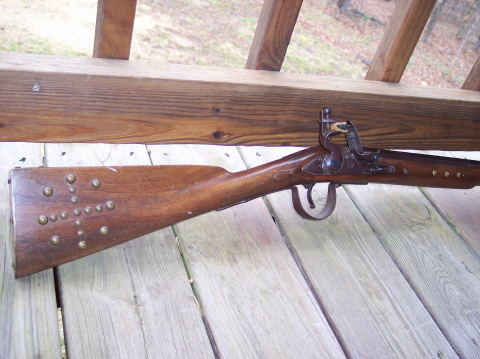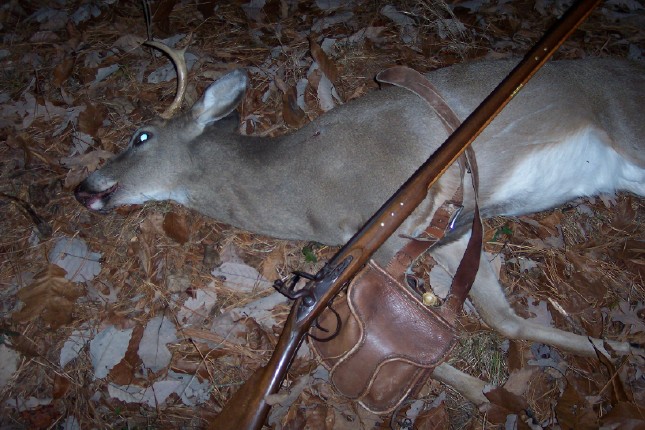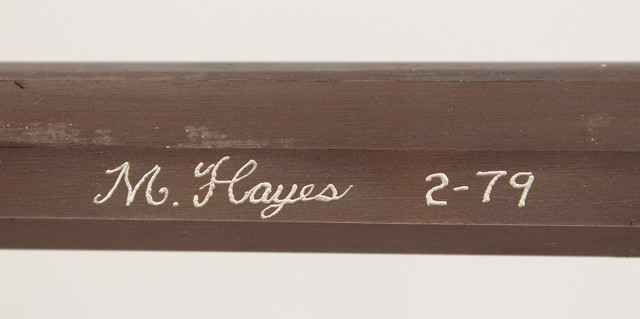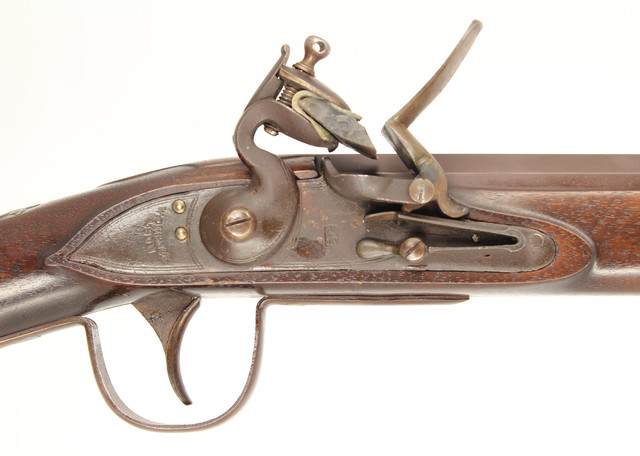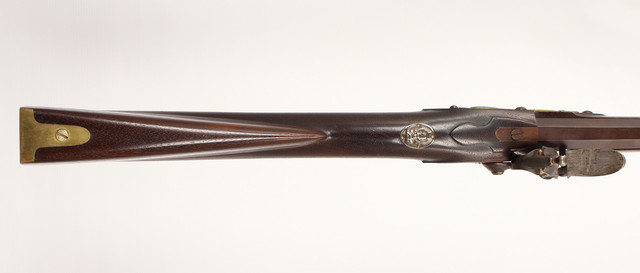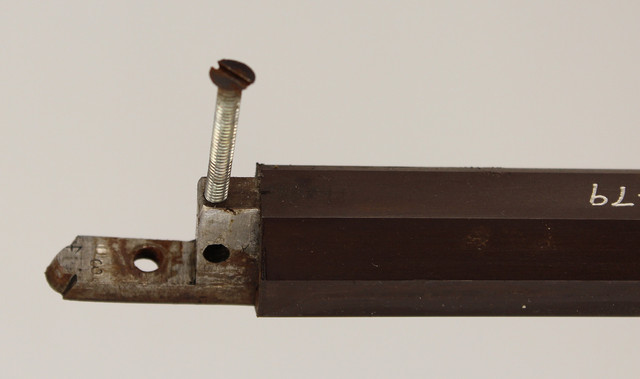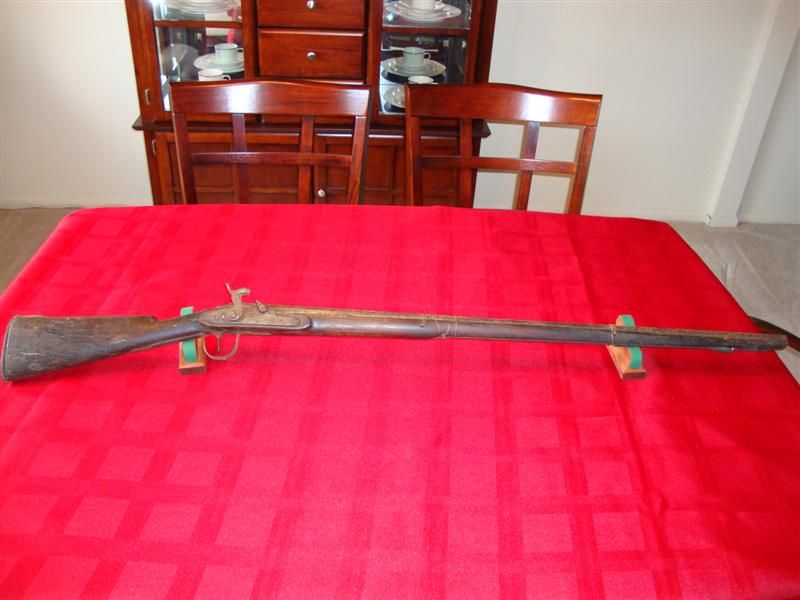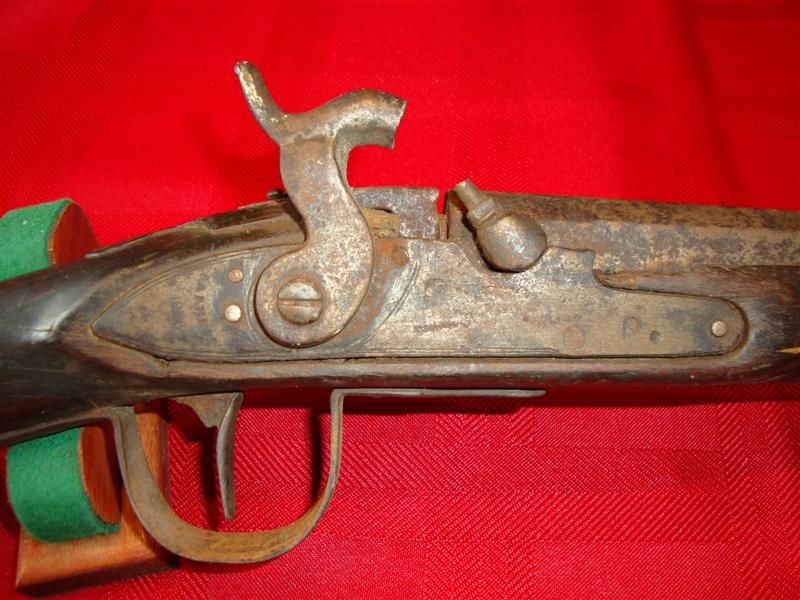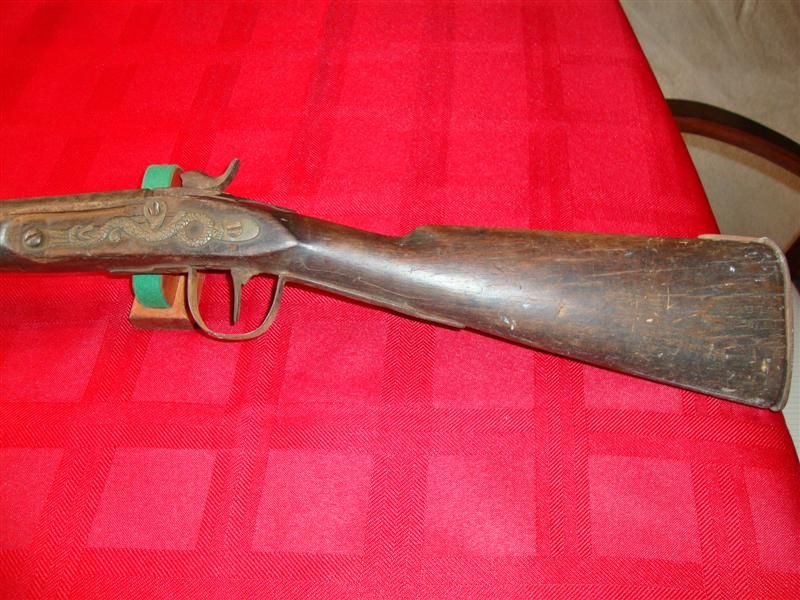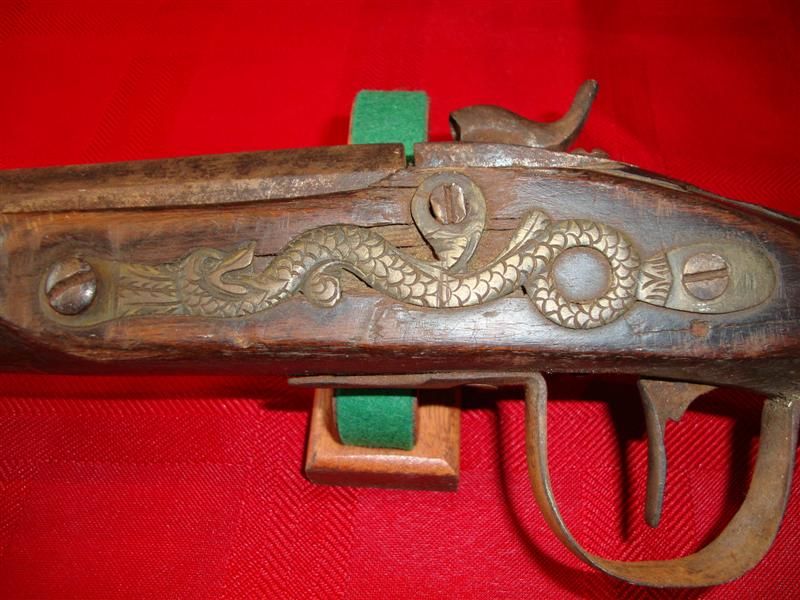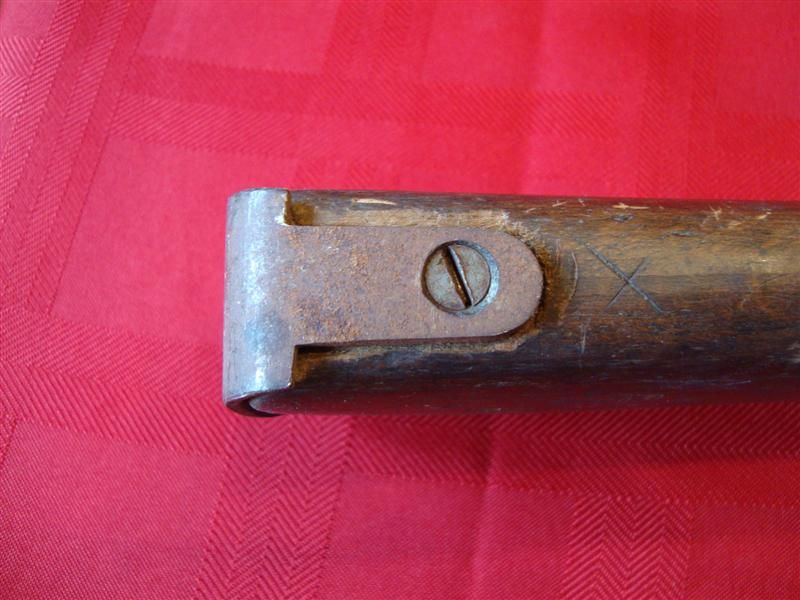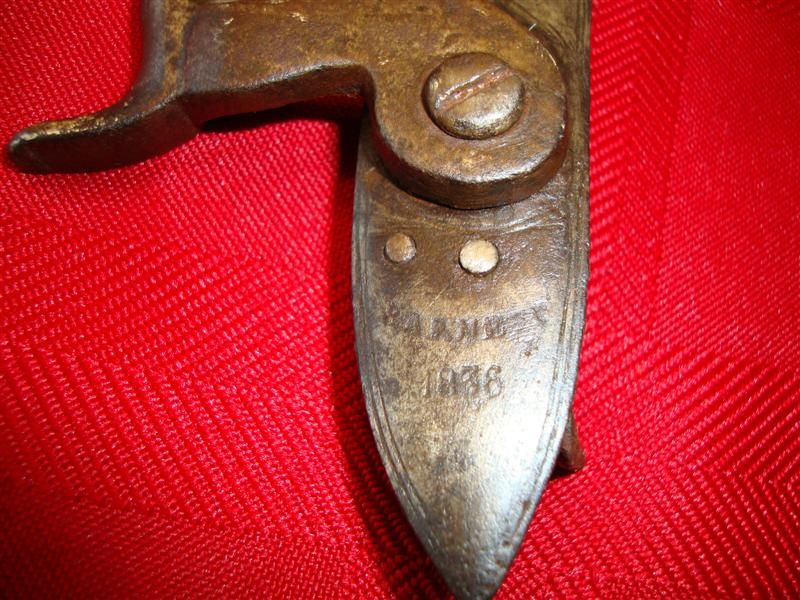Dutch Schoultz said:
On the Subject of TRADE Guns.
It was my understanding that trade guns were made with the intention of exchanging them for piles of fur from the Indians. A pile of fur that were so many feet thick for a trade gun which was always a smooth bore. I had been given the impression that these guns were generally of minimum quality just enough there to perform as a shooting piece.
Not cheating the Indians had apparently never occurred to anyone. I understood that the Hudsons Bay Company pretty much was founded on this practice.
How far off reality I might be is of interest to me if that is the case
Any correction of my errors would be appreciated if expressed briefly
Dutch
Dutch,
As I'm sure you are aware, there are a lot of myths surrounding early North American history. The fur trade has its share as well as the Old West.
To quote James Hanson from
When Skins Were Money: A History Of The Fur Trade,
Otherwise sensible professors teach their student that the guns the Indian bought didn't really work, but were carried by chiefs as "symbols of office". Parents tell their children that the reason trade gun barrels are so long was because the Indian had to stack furs as high as the gun to buy it. Neither of the claims is true.
As
ddoyle said, trade between Europeans and Indians was generally mutually beneficial.
The Indians also had minimum standards of quality that they considered acceptable in trade goods. Fur trade companies often ordered trade guns of different quality to meet their customers expectations. Surviving documentation often lists trade guns, common fowlers, and high quality fowlers or what we call today "Chief's guns" in orders place by fur trade companies. The prices listed for each of these guns reflect their relative quality. The Indian trader often had a choice of gun and generally got the quality he was willing to pay for.
S. James Gooding's book,
Trade Guns Of The Hudson's Bay Company 1670-1970, contains references of correspondence where Indians complained that certain trade guns were too bulky and heavy. They wanted a weapon that was light and easy to carry. When the HBC did ship poor quality guns, they were often rejected by the Indians and had to be returned to England.
The Indians expectations on the quality of a gun was likely influenced by the useful life of the gun. Today, we expect a gun to last a lifetime or multiple lifetimes if the gun is passed down through generations. Scholars have estimated that Indian guns only lasted a few years.
David J. Silverman in
Thundersticks estimates that the Indians the French were trading with in the mid-18th century were replacing their guns every three or four years. Lee Burke in his article, "18th Century English Trade Guns in the South, or The Carolina Gun, It's Time and Place in History", gives a maximum gun life of 5 years as a reasonable cutoff.
To the Indian, a gun was a tool, not an heirloom. He only expected it to last a few years under the hard usage he gave it and accepted a "fit for purpose" quality.


